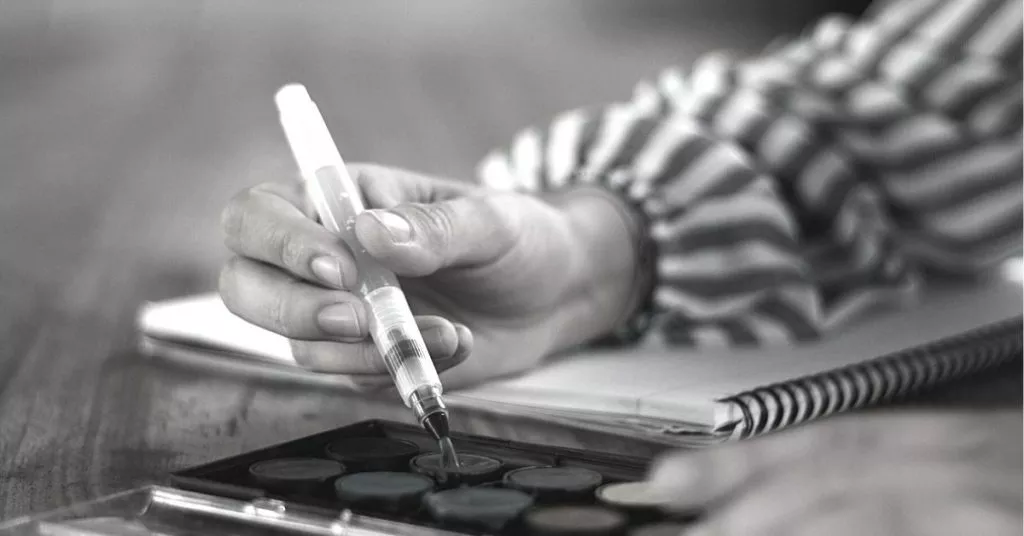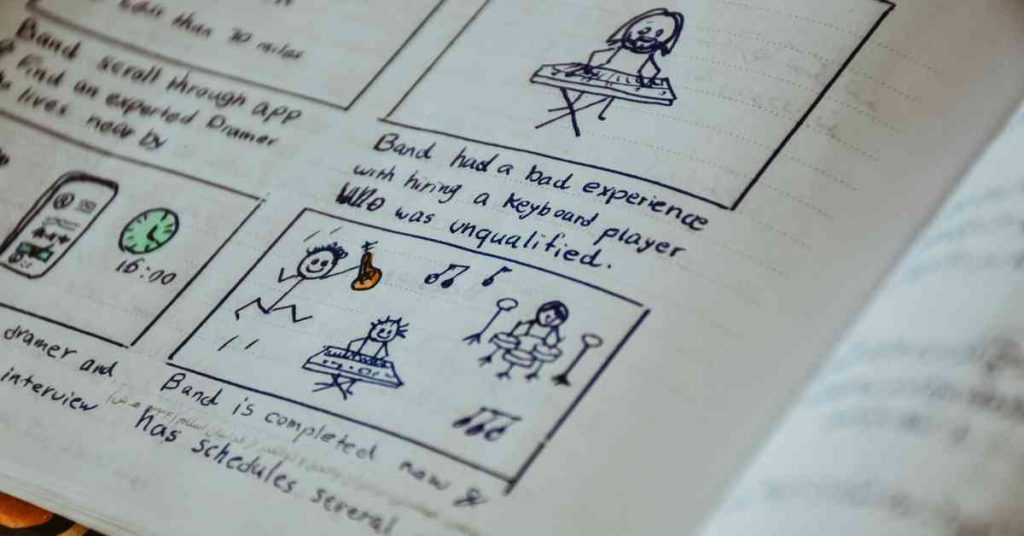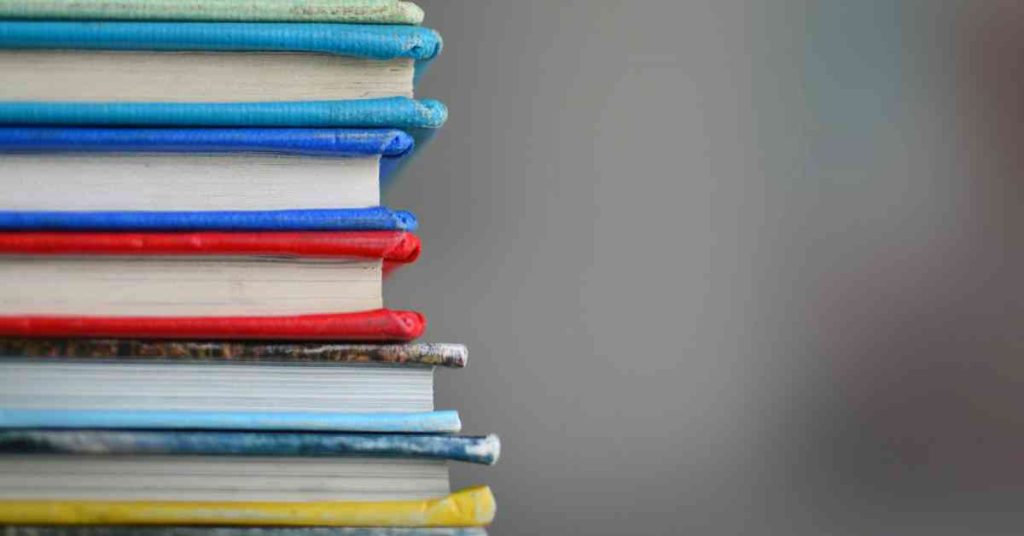Are you in the process of writing a children’s book and need illustrations?
If so, it’s important to prepare yourself before working with a children’s book illustrator. In this blog post, we will discuss what you need to do before contacting an illustrator so that the process goes as smoothly as possible.
Other than the budget, the first thing you should think about is the number of pages in your book.
1) Number of Pages
When I wrote my picture book for children aged 2-5 years old, I had in mind a book with 24 pages.
That’s the minimum page count for publishing on Amazon Kindle Direct Publishing (KDP). What I didn’t realise was that the story itself only begins on Page 4. The first 3 pages are usually for:
- Page 1 – Dedication
- Page 2 – Copyright
- Page 3 – Half-title Page (usually with only the title and/or an illustration)
One tip is to draw out a storyboard and plan where you want to place the illustrations and text. This will give you a good idea of how many pages your book will be.
Credit: Photo by Nasim Keshmiri from Unsplash
2) Storyboard
A storyboard brings to life your story and helps you to visualise how the different scenes and characters relate to each other.
Creating a storyboard is also a helpful way to communicate your ideas to the children’s book illustrator, so they can bring your story to life!
When planning your storyboard, think about the following:
- Where will the illustrations and text be placed?
They can be placed on the same page or opposite pages. It depends on the story and how you want to pace the illustrations.
For example, in my children’s book, I wanted the illustrations and text to be placed on the same page. I did this so that children would be able to read the text and take in the illustration at the same time.
- Number of characters in each scene?
- Think about how many characters you would like in each scene.
- Will there be just one character or multiple characters?
- If there are multiple characters, will they be interacting with each other?
Sometimes, the illustration may just be a close-up of the main character. At other times, it may be a scene featuring a group of characters with the surrounding environment.
When thinking about the number of characters in each scene, keep in mind that children’s books are usually limited to between one and six main characters.
If you’re not sure about the number of characters, that’s okay. The illustrator can help you with that.
- What type of illustrations do you want?
The most common ones are:
- What is a spot illustration?
A spot illustration is a small, single illustration placed within the text. They are often used to highlight key points or characters.
- What is a full-page illustration?
A full-page illustration usually fills an entire page (or at least 80% of it). Full-page illustrations are often used as chapter headers or for dramatic impact.
- What is a half-page illustration?
An illustration that takes up half a page (may or may not have accompanying text). They are usually used to show a character’s emotions or to show a key detail of a scene.
Once you have a good idea of what you want, draw out your storyboard on paper using my children’s book storyboard template.
Below is an example of a children’s book storyboard.
3) Book Size
Your illustrator will also ask you what size your book will be. How to answer this question would depend on:
Who is your book’s target reader?
0-3 years: Board books
Board books are your baby’s first books. They contain little words, have numbers or letter and usually end up in your baby’s mouth ?.
If you are self-publishing, KDP or Ingramsparks don’t offer board book format. You would need to look for your own printing company. The downside is that you would usually need to print a minimum number of copies.
2-8 years: Children’s picture books
This category of children’s books is the most popular format. Children’s picture books usually contain between 24-32 pages. They rely heavily on illustrations to convey the story and are meant to be read aloud to kids.
5-9 years: Early readers
Early reader books are the first books that children will read by themselves. They have simple plots and short sentences. The vocabulary used in these books are usually carefully controlled as they need to adhere to specific reading levels.
“Who in the world am I? Ah, that’s the great puzzle.”— Lewis Carroll, Alice in WonderlandTweet
Where are you going to publish your book?
For example, if you are going to publish on KDP and Ingramsparks, you need to choose a book size that is common to both platforms like:
- 5″ x 8″
- 7″ x 10″
- 8″ x 10″
- 8.5″ X 8.5″
- 8.5″ x 11″
For my book, I chose a square sized 8.5″ X 8.5″ book. It’s slightly bigger than the more common 8″ X 8″ book size, which I hope could help to differentiate the book when it’s printed ?
Credit: Photo by Kimberly Farmer from Unsplash
A note about your working relationship with your children’s book illustrator
Be open to their ideas
It’s important that you have a good working relationship with your illustrator. After all, they will be the one who brings your words to life! Be open to their ideas and suggestions. They may have some great insights about your story or illustrations that you never thought of before. Trust them and let them do their job.
Set clear expectations from the start
To avoid misunderstandings, it is critical to set clear expectations from the start. Discuss things like deadlines, payment terms, copyright, etc. in detail before starting any work. That way, both you and the illustrator will be on the same page and there will be no surprises down the road.
Once you have a good idea of what you want, it’s time to get in touch with your children’s book illustrator. I have a helpful article on how to find the perfect illustrator for your children’s picture book.
If you liked this post, please PIN and share it. Thank you!

![[SCA] Pintrest (3)](https://serenechia.com/wp-content/uploads/2023/10/SCA-Pintrest-3-1-768x1365.jpg)





